Every Nightmare On Elm Street Movie And Series, Ranked
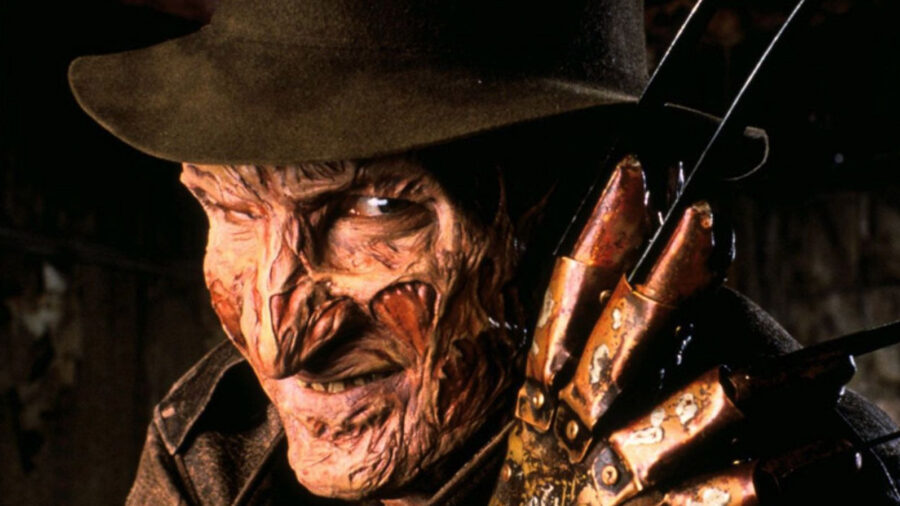
Since the release of the original A Nightmare on Elm Street in 1984, Freddy Krueger has slashed his way through the dreams of scores of characters on screen and countless fans. The franchise that spawned from the sleeper-hit has (so far) led to nine films and a television series, each one released to varying degrees of critical and box office success. Here’s our guide to rating each entry in this popular horror franchise.
10) Freddy’s Dead: The Final Nightmare
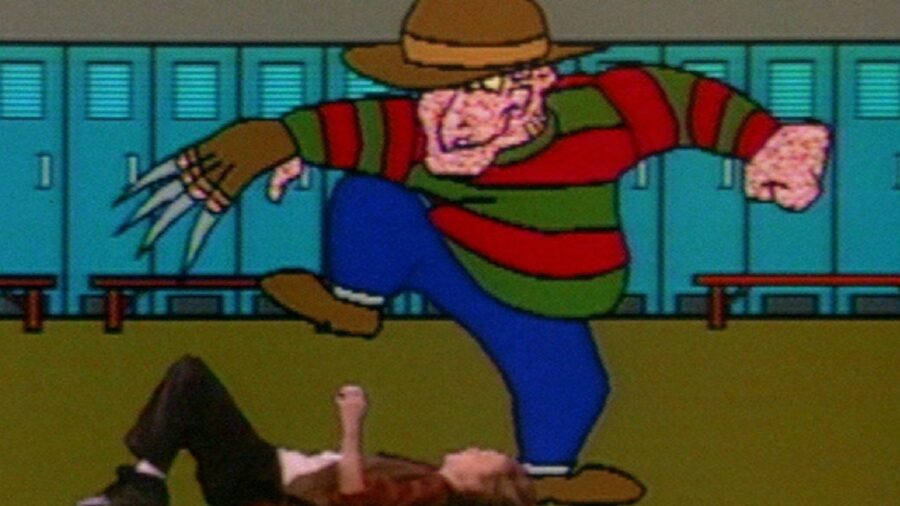
The sixth film of the franchise took a terrifying character and turned Freddy Krueger into a total caricature of himself. The bad jokes dominate the horror, the acting is subpar, and the plotline so full of holes that the film quickly sinks. Terrible 3-D effects only made this entry worse.
9) Freddy vs. Jason
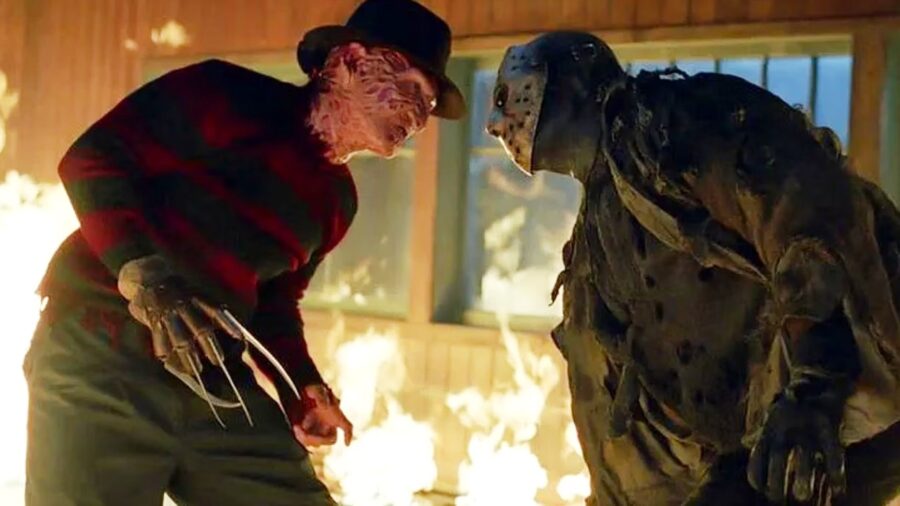
The anticipation for these two horror franchise characters meeting on screen was teased for years before Jason Vorhees and Freddy Krueger finally met one-on-one in the 2003 film.
After the people of Springwood have taken to using sleep medication to keep Freddy out of their dreams, the killer is severely weakened. In a moment of brilliance, Freddy decides to resurrect Jason Vorhees from the dead in hopes that the fear that the masked maniac will create will somehow restore Freddy’s powers.
It’s an insipid concept, even for low budget horror films. As a Friday the 13th film, Freddy vs. Jason is bottom of the barrel. It doesn’t fare much better as an installment for A Nightmare on Elm Street.
8) A Nightmare on Elm Street 5: The Dream Child
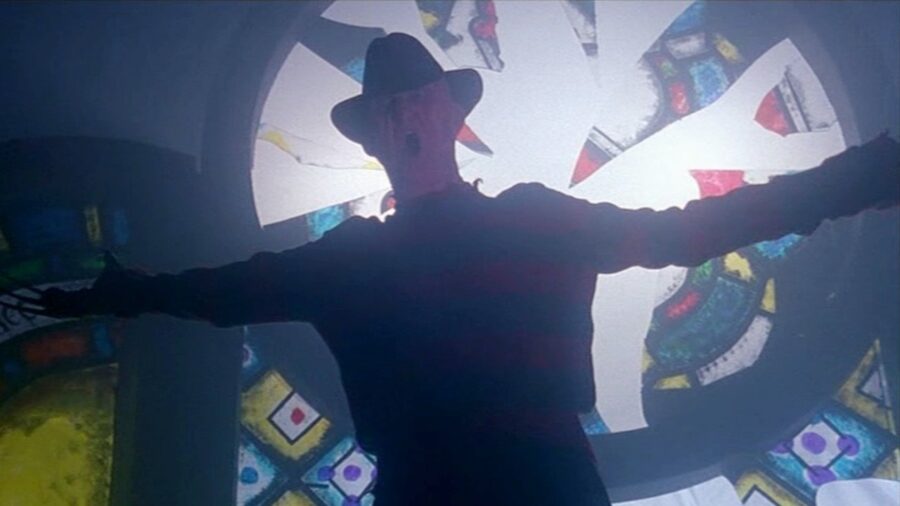
The fifth Freddy film could have been one of the greatest in the franchise. The concept of Freddy being able to control the dreams of the unborn child that’s in the womb of the woman who killed him off in The Dream Master is innovative and wrought with strong possibilities.
But despite the dark overtones of this A Nightmare on Elm Street movie, The Dream Child fails to grab much attention. The first 10 minutes of horror segue into noticeably lengthy gaps in action and/or terror. Let’s face it, the dialogue alone in these films isn’t typically enough to carry them through.
7) A Nightmare on Elm Street (2010)
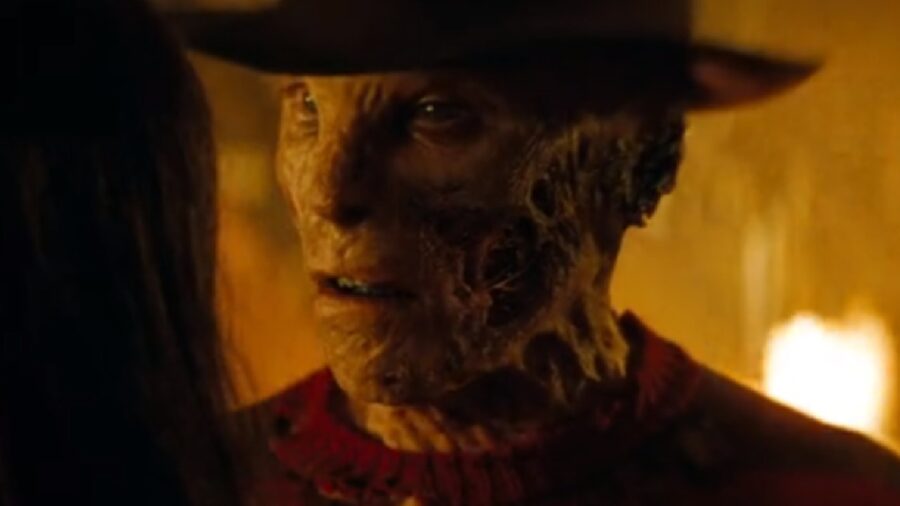
Considered by many to be the absolute worst of the franchise, the 2010 reboot doesn’t get the due that it somewhat deserves. Giving Freddy Krueger a proper backstory is an interesting concept, though this might have served fans of A Nightmare on Elm Street better if it was accomplished with a full prequel instead of inserting the character sketch into a remake.
As solid as his performance was, Jackie Earle Haley just couldn’t sell himself to fans as Freddy Krueger, which also harmed the film’s rating among audiences.
6) Freddy’s Nightmares (TV series)
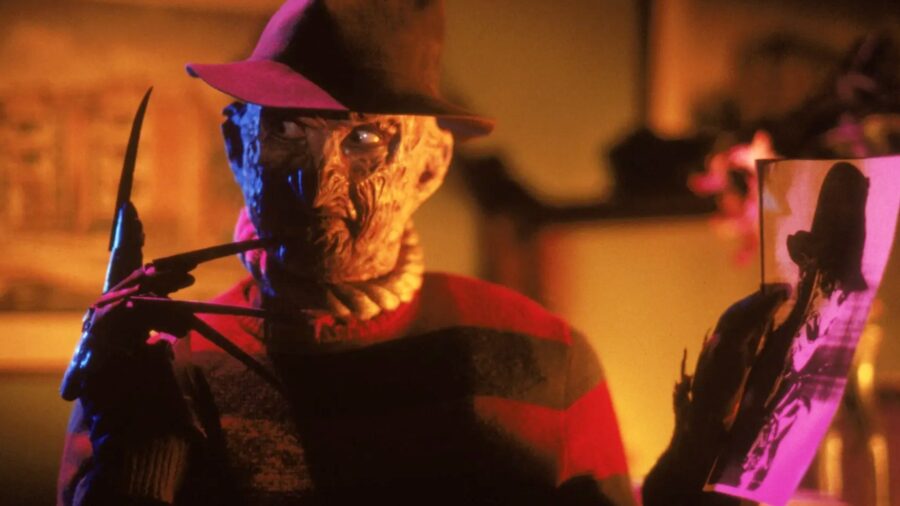
The short-lived anthology series that was syndicated in late 1988 gave audiences a chance to see Freddy Krueger (played by Robert Englund) introduce two horror vignettes each week. While the horrors that the characters faced in each stand-alone episode varied, Freddy himself was the primary antagonist in a handful of them.
It’s a fun series, but very watered down when compared to HBO’s Tales from the Crypt which would debut several years later.
5) A Nightmare on Elm Street 4: The Dream Master
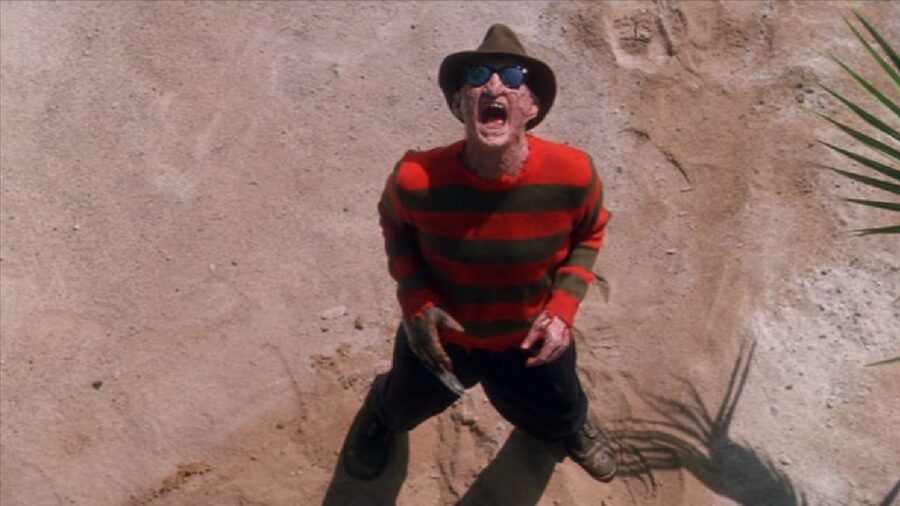
The fourth film of the franchise hits halfway on the rankings list purely for its creative kills alone. Turning a teen with a phobia for bugs into a cockroach, sucking a hormonal teenage boy into his waterbed, and burns another alive in the boiler room.
His sense of humor is fully developed by this installment, with many of his victims hearing hilarious quips just before they meet their maker.
4) A Nightmare on Elm Street 2: Freddy’s Revenge
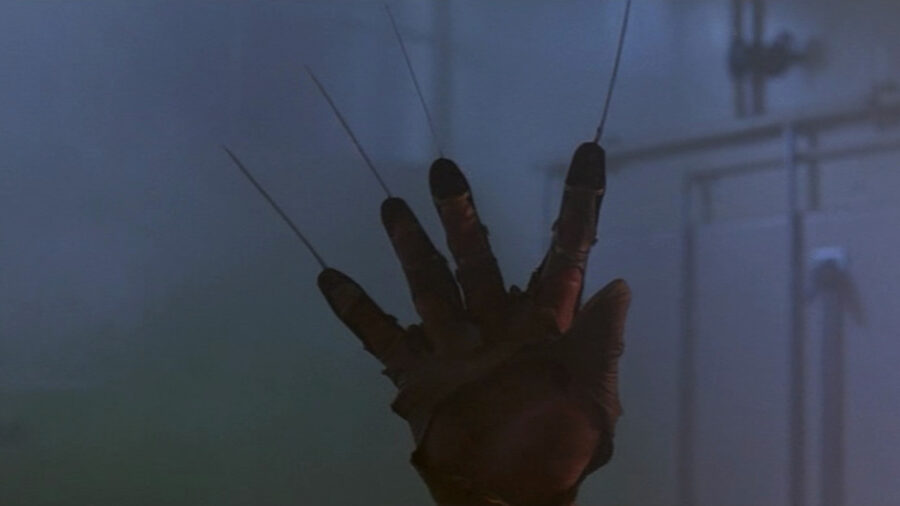
The second installment is the one that is tragically underrated. It follows the story of the teenaged boy that moves into Nancy’s home several years after she defeats Freddy.
Known as much for its homo-erotic overtones as it is its horror factor, Freddy’s Revenge has been a popular entry with the gay community since its release in 1985.
3) A Nightmare on Elm Street 3: Dream Warriors
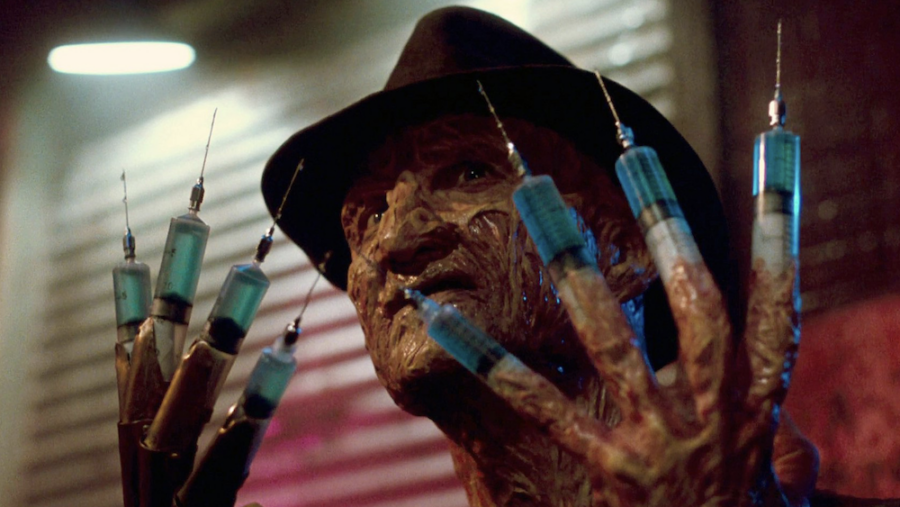
The kill sequences in Dream Warriors show Freddy getting pretty creative in how he disposes of his victims.
He dons needles instead of blades on his glove to inject and kill a recovering drug addict, rips marionette strings through the skin of another to puppeteer him off a roof to his death and pulls another poor soul through a television screen.
The third A Nightmare on Elm Street also gives insight to Freddy’s backstory.
It’s revealed that Freddy’s mother was trapped inside a mental institution where she was sexually assaulted by dozens of inmates, resulting in her being pregnant with the future child killer.
2) Wes Craven’s New Nightmare
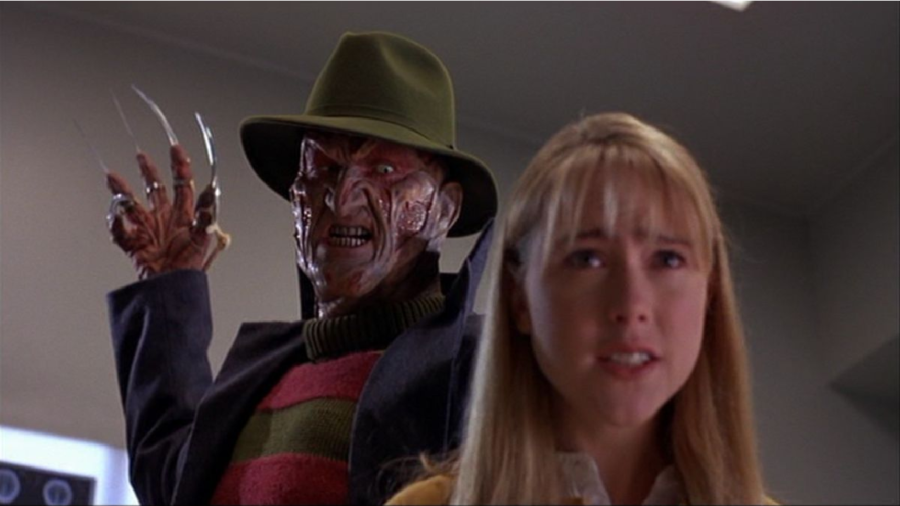
Director Wes Craven returns at the helm to bring fans another solid entry in the franchise he created years before. New Nightmare takes Freddy out of the continuity of the first six films and instead casts it as a fictional film character that is able to break into the realities of the cast and crew who participated in the original film.
1) A Nightmare on Elm Street (1984)
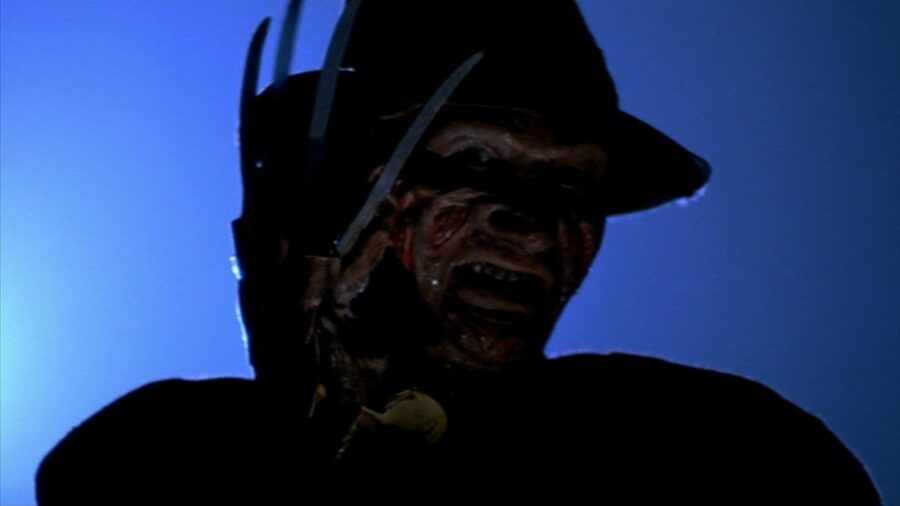
Nothing beats the original. Freddy Krueger doesn’t have the sense of humor in this film that he later develops, so there is no well-timed comedic relief to offset the on-screen terror. The brutal kill scenes are on equal footing with the gore of any Italian mondo film and help to elevate this one to the top spot.












